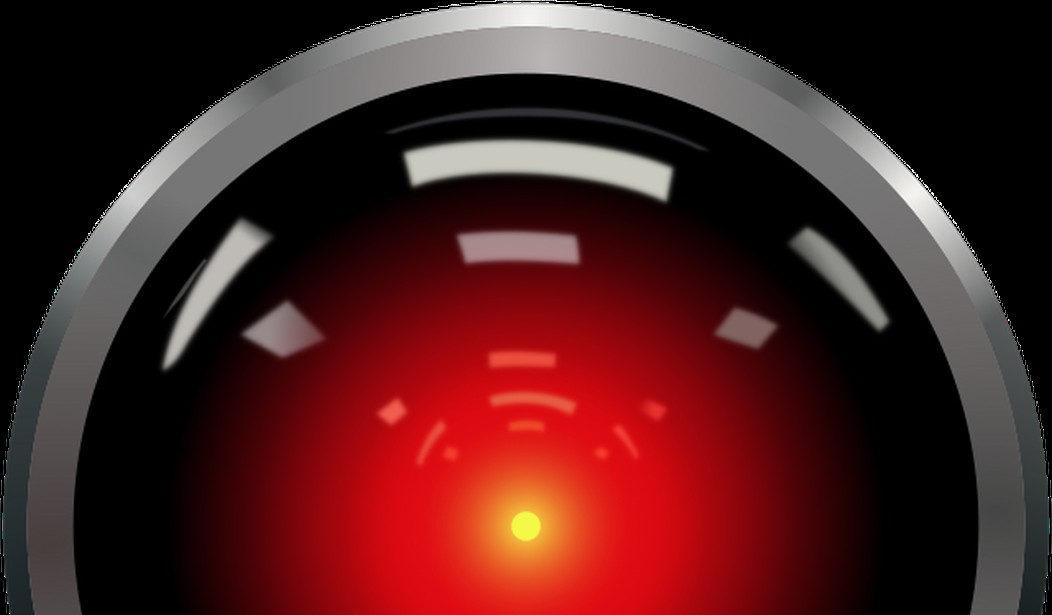So today we have some good news from the astronomy boffins.
In a world full of bad news, here is some good news for your timeline today 🙌🏼 https://t.co/WjClyAl3hg
— Dr. Ryan French (@RyanJFrench) February 21, 2025
This isn't the first time something like this has happened.
The Manicouagan crater in Quebec, Canada, at over 200-million years old, is an easy-to-spot target for astronauts photographing Earth landmarks 260 miles below the space station. Check out more @NASAEarth crater pics... https://t.co/fymPYfr8Ie pic.twitter.com/tVrRlaXms4
— International Space Station (@Space_Station) February 20, 2025
A little change of pace, this is my soundtrack as I work this morning.
I found a new account with some great pictures. I really like good pictures of the sky from Earth, and this one is pretty spectacular I think.
If more people looked up at the stars
— Ian Lauer Astro (@ianlauerastro) December 1, 2023
Disconnected from the rat race to be in the moment
Pondered the mysteries of the universe
And shared in the awe and beauty of it all
We would be much kinder to one another
And the world would be a better place. pic.twitter.com/kwMLe7Ay3a
I always have a soft spot for the Seven Sisters.
This is the best photo of the Pleiades I’ve ever taken. Super happy with how this one turned out! pic.twitter.com/JJ5TDfOv7D
— Ian Lauer Astro (@ianlauerastro) February 20, 2025
How Galileo saw them. Follow the link for the explanation. There will be a test.
Check out Galileo’s image of the Pleiades (a.k.a. Subaru, The Seven Sisters) made in 1610 vs the incredible 40 hour image by @ianlauerastro this week.
— Prof. Brian Keating (@DrBrianKeating) February 21, 2025
What do you think the difference between the “open” stars vs closed stars was meant to represent in Galileo’s sketch? (No… pic.twitter.com/l32GQg0Bsn
A little space history for today. I don't remember this. I'm not sure it was on TV, but I was right there for all the manned Mercury missions. What, you mean they sent men up in tin cans like that? Yes, Sonny, and we were amazed that they could do it.
On this day in 1961, Mercury-Atlas 2 (MA-2) launched with an uncrewed Mercury capsule to test spacecraft performance. The capsule flew a suborbital mission that lasted 17 minutes and 56 seconds. pic.twitter.com/ZNMOBEkuJn
— National Air and Space Museum (@airandspace) February 21, 2025
For something a little more modern, the first photos were released from the X-37B robot spaceplane. Any pictures would be cool, but what amazes me is how high the orbit looks. I'm suspicious it must be in a Molniya orbit and close to apogee (highest point in orbit.) If so, the perigee (closest approach) is on nearly exactly the other side of Earth. Make of that what you will.
Great to see the @SpaceForceDoD Guardians in action w/X-37. Very cool 📸 💪🇺🇸 https://t.co/19q43DUFyc
— Jared Isaacman (@rookisaacman) February 21, 2025
The Rosette Nebula is always good. I know we had it last week, but still.
NGC 2244 Rosette nebula in Monlceros constellation by nebula images pic.twitter.com/CFDNITz1jn
— Alienigena11 (@Madriles6211) February 21, 2025
I grew up in Alamosa, Colo., and any little distance out of town had amazing dark skies. Not quite this amazing, but it makes me a little homesick.
Stars 😮💨 pic.twitter.com/oc3V3SXXIW
— Space 8K (@uhd2020) February 21, 2025
I'm waiting for this sort of video to become boring.
Our #GhostRiders completed another lunar orbit maneuver with a 3 minute, 18 second burn early this morning. This maneuver moved the lander from a high elliptical orbit to a much lower elliptical orbit around the Moon. Shortly after the burn, Blue Ghost captured incredible footage… pic.twitter.com/ygyMVpaBW4
— Firefly Aerospace (@Firefly_Space) February 18, 2025
And remember, Elon Musk is working on fixing the U.S. government as a side quest while working to colonize Mars.
450 Falcon flights https://t.co/yXue786PUK
— Elon Musk (@elonmusk) February 21, 2025










